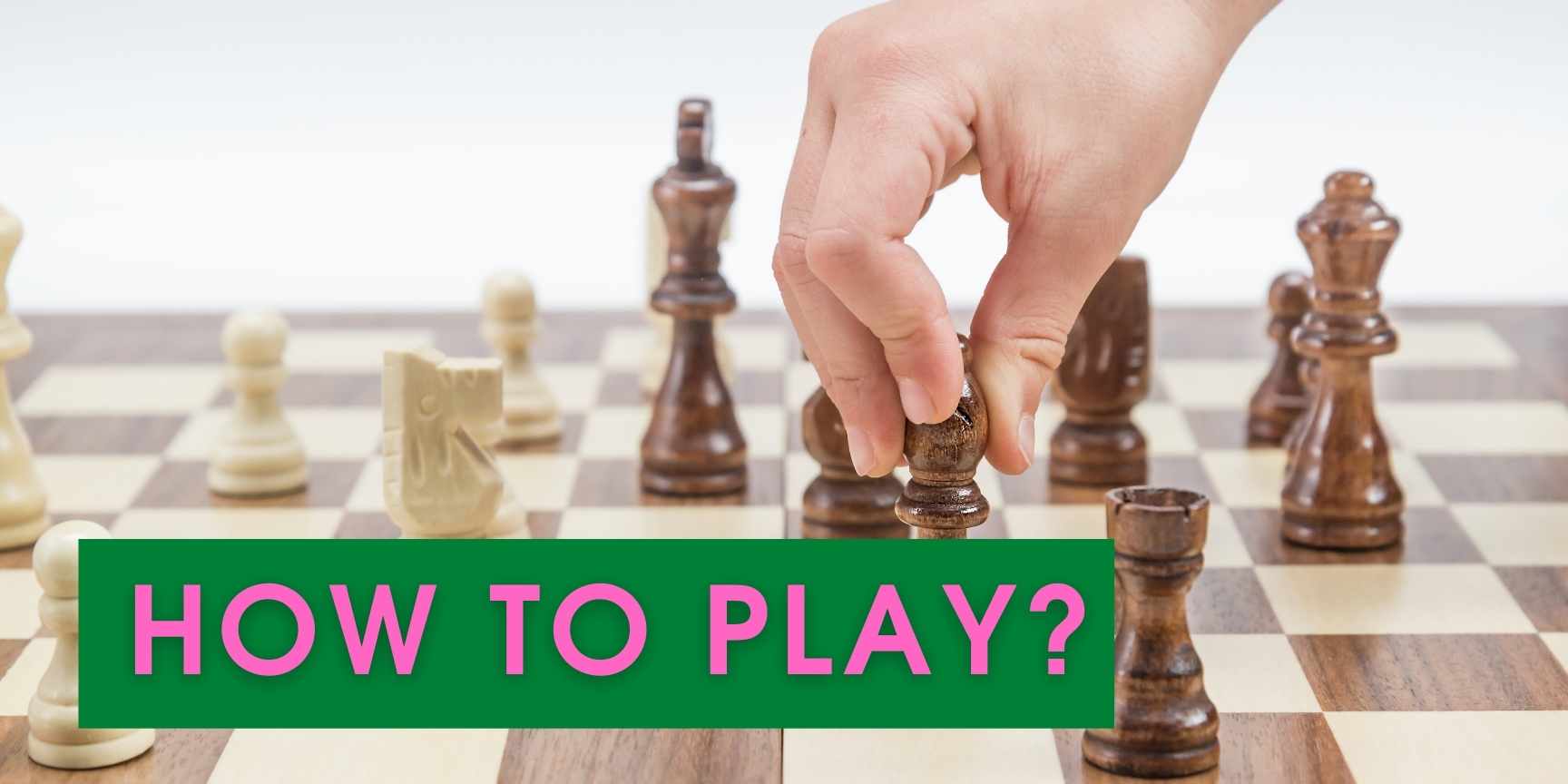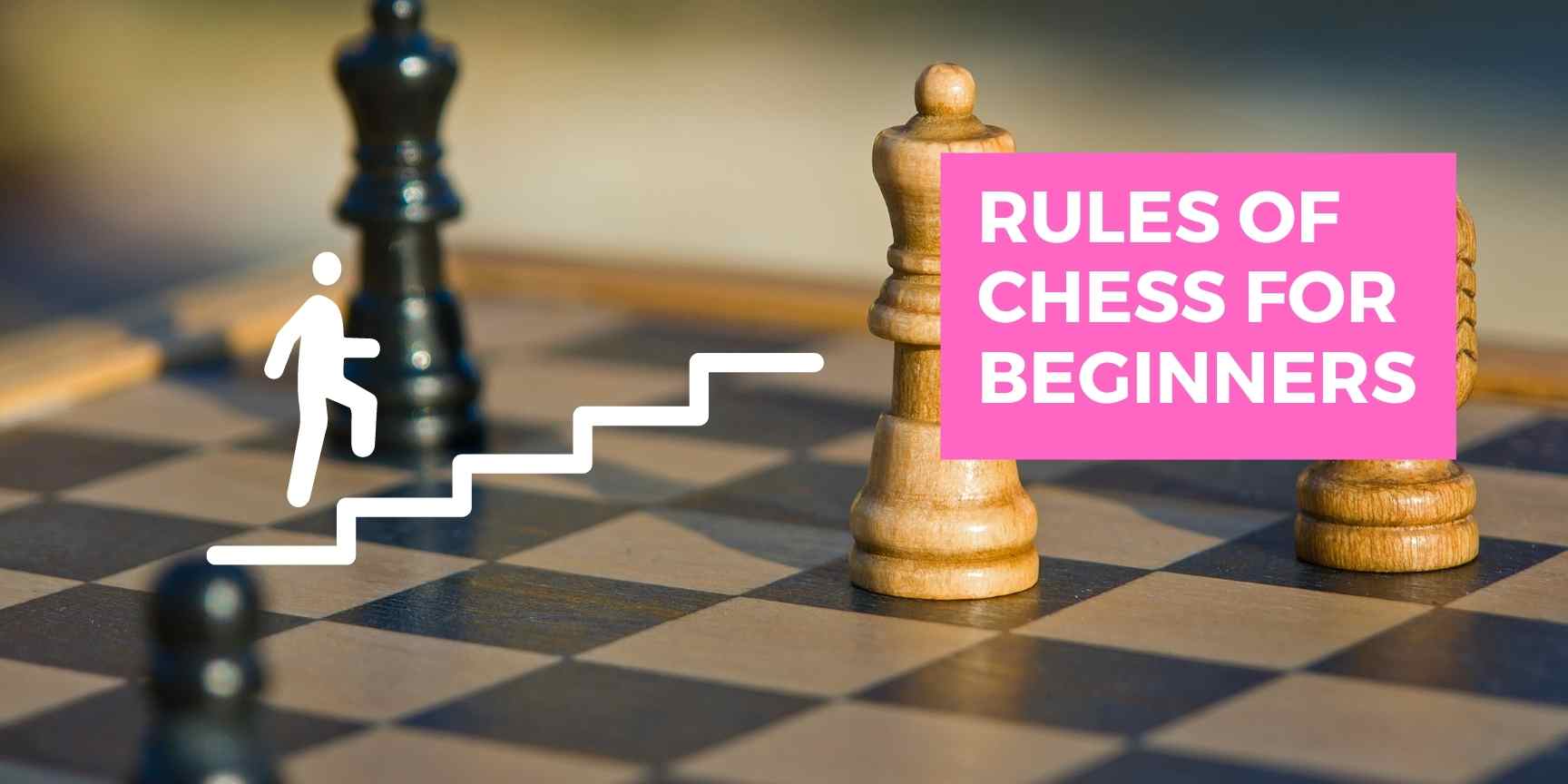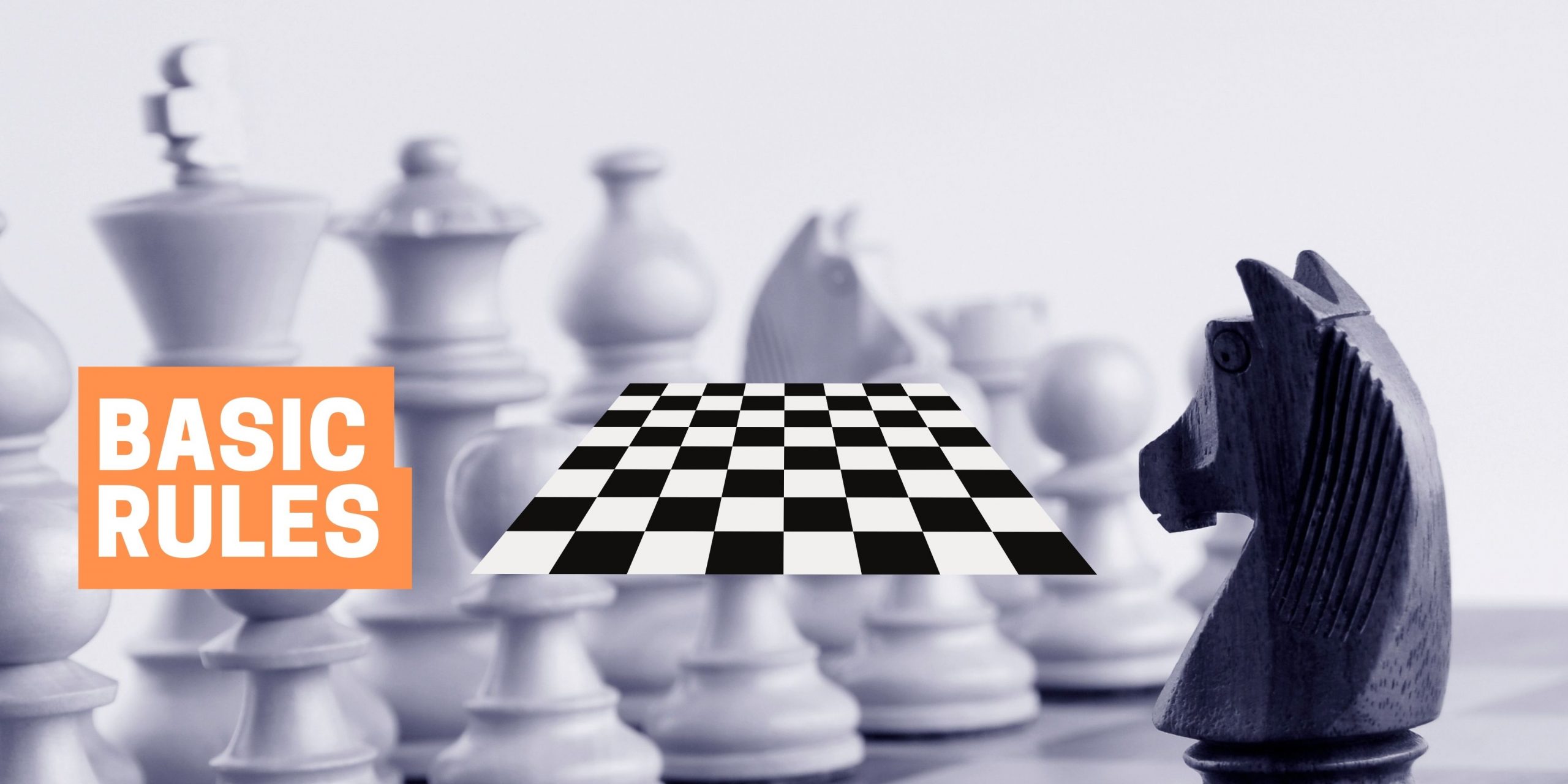Instruction for novice chess players

Chess is a timeless game. It originated around 1500 years ago in India. Later it started to spread over the world. Initially, this game was played among the royal people. For this reason, it is also known as the game of kings. This game is one of the oldest games in India.
Chess is the national game of Russia. Many people are interested in playing this classic game. Initially, the players need to follow some simple rules. Gradually, they become pro in this game using technique and doing a lot of practice.
Now we are going to discuss the simple rules for playing chess for beginners. But before doing this, we need to understand the definition of chess. This recreational game is played by two opponent players. No hidden information is involved while playing this game.
This game is played on a 64 square board on an eight-by-eight grid. Each player has sixteen pieces, one king, one queen, two rooks, two knights, two bishops, and eight pawns. Today the rules are created by FIDE, the international authority for chess. There are differences in the rules for fast chess, correspondence chess, online chess, and chess 960.
Rules of chess for beginners
Chess is a very complex board game, which allows us to use many strategies to win the game. But it would be impossible to explore all possible strategies. The only way to win a game is to checkmate the opponent’s king.
As a rule, you want to make sure that your pieces are not captured, However, knowing their strengths will help you decide which to save when it comes down to choosing one. Queen and Pawn have the most and least value respectively, whether Bishop and knight have the same value and Rook has the greater value than the other three except the queen.
Tips for newbies
Here are the some tips for chess beginners:
- Tip 1: Setting up, taking pieces and taking turns. While setting up, the nearest right-hand side of the table should always have the white square. Keep in mind that the queen has to be placed on a square that has the same colour as her. White is always the first player to move, with each player alternately taking turns. During the game, a single piece is able to move at a time, unless it is castled. Pieces are taken when the player encounters an opponent while moving. The only exception is when pawns take and move differently. Players cannot move through or take their own pieces.
- Tip 2: Bishop Movement. Bishops move continuously diagonally in all directions.
- Tip 3: Queen Movement. Queen’s movements are continuous in straight lines and diagonally. Side-to-side, forward and backwards.
- Tip 4: King Movement. You can move one square at a time for the king in all directions. If one of the opponents is attacking a square, the king cannot move to that square.
- Tip 5: Pawn Movement. A Pawn only moves forward. Pawns can move one space or two spaces in the first move, but can only move one space thereafter. A pawn moves diagonally to attack an opponent.
- Tip 6: Rook Movement. The rooks move continuously forward, backwards, and sideways.
- Tip 7: Knight Movement. There are only knights that can jump off the board. Pieces that are connected to their destination square are not blocked by other pieces. The way the knight moves are like the capital letter L: two spaces forward, backwards or sideways, and a right turn takes one space.
Basic rules
- In this game, each player has to give a turn for a single move. He can not skip this turn. The players need to go with a piece. Each piece is significant. For example, the king can go horizontally, vertically, or diagonally on the board. The player loses the match when the king is under attack. It can be said that this is the checkmate condition.
- When a piece goes in a way that permits the player to capture the opposite team player’s king on their next turn, the attacking player declares “check”.
- The player can announce to resign, accepting the opponent player’s win. Sometimes, the game can end up in a draw. When the two players are left only with their king, it can be said that this game is in a “ dead position”.
- The bishop cannot go horizontally or vertically except diagonally. It can go along with the diagonal line of squares. It cannot go with a similar colour of pieces.
- Knights are the only piece which can jump over the other pieces. It can go in the board taking an L-shaped pattern. That means this moves two squares ahead, back, left or right, or one square ahead, back, left, or right, followed by two squares horizontally or vertically to finish the L shape.
- Rook, alternatively known as the castle, can go horizontally irrespective of several squares along with the present row or present column. Rook can capture the opposite color pieces but cannot pass through similar colour pieces. Rook cannot go diagonally.
- Pawns can go one square ahead in a straight line. It can go diagonally when it can capture the opposite player’s piece.
- The Queen cannot go through similar color pieces. It can go diagonally, vertically, horizontally any number of squares.
